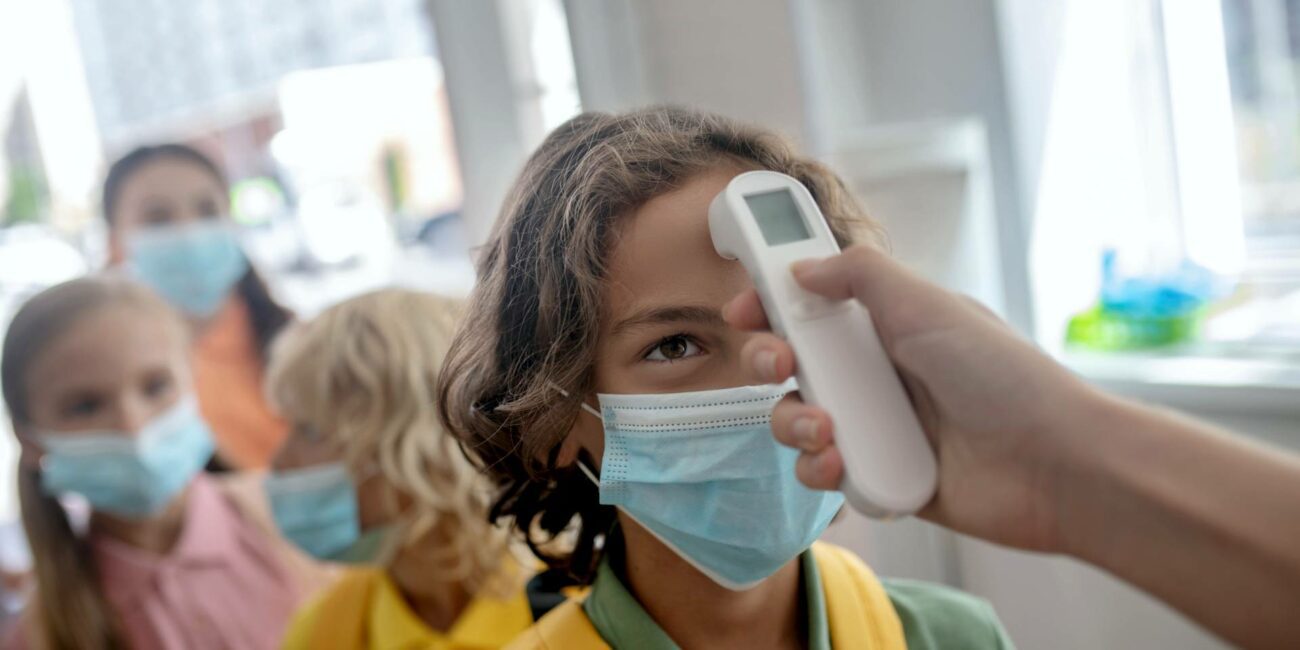Globally stay-at-home orders have been issued to protect people, save lives and allow healthcare systems to prepare, adapt and respond to the coronavirus pandemic. The goal? Flatten the curve. South Africa’s lockdown is no different. Except that it is.
Decisions that were taken early on were based on sparse, patchy data and in direct response to the immediate COVID-19 threat. A rapid lockdown was a prudent decision at the time. But new, more holistic, systems data is now available.
We’ve been counting the human and economic cost of extended lockdown in South Africa. It nets out negatively for both.
Flattening the curve in an epidemiological model does not change the number of viral deaths it predicts—it merely spreads them over time.
The impact of the virus on most of the population, particularly the economically active and school children, has been overstated.
Our research shows that South Africa’s lockdown will cause a loss of life at least 29 times greater than the loss of life it stands to prevent.
The South African GDP could shrink between 10 and 15% if the current lockdown strategy is maintained. The massive job and revenue losses would drive more people into poverty and create a decline in employment of around 2.5 to 3.3 million.
We should not anchor ourselves to the lockdown but rather consider the best next action, considering the new and developing data available today.
Our constantly evolving research does just this. Panda argues that it is time to take the wider economic impact into account based on analysis and data that objectively factors in the real impact on productive lives, and thus the economy.




